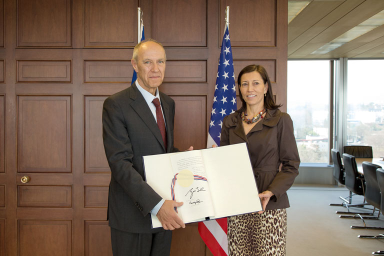Readers will recall my January 26 posting and my February 4 posting about the consequences of the decision on January 15 by the Swiss central bank to allow the Swiss Franc to rise to its natural level after over a year during which the bank had sought to cap the percentage difference between the Swiss Franc and the Euro. The Swiss Franc jumped 15 to 20 to 30 percent relative to various other currencies. I predicted that the International Bureau would seek to revise the “equivalent amounts” for the PCT international filing fee and other PCT fees payable to the International Bureau and would seek to make the revised fees effective much sooner than the usual delay of 3-4 months. Now the new fees have been set and indeed they will take effect sooner than the usual delay.
Continue reading “Closure on changes in PCT fees (was “Four Fridays”)”

